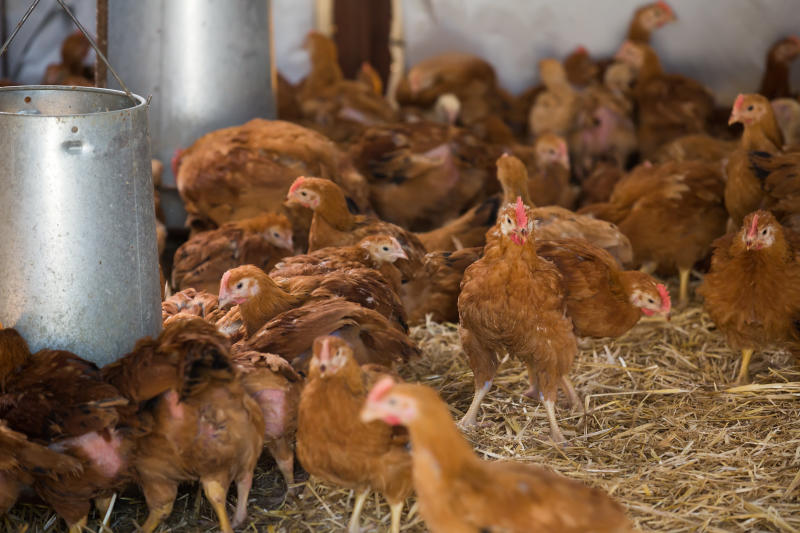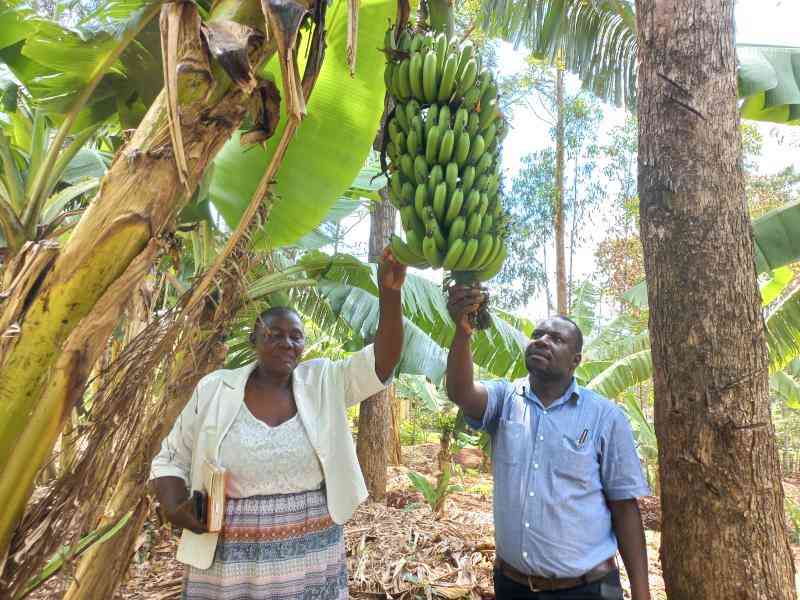
Despite the Covid-19 pandemic hitting the farming sector hard, poultry farmers are doing their best to ensure there is no shortage of either eggs or chicken meat across the country. I had a chat with a farmer who wants to expand his business having seen an increase in demand. There were a few things that came up and that needed immediate attention before he embarked on the expansion project.
Below are ten mistakes to avoid when constructing a poultry unit whether you are a beginner or expanding your poultry venture.
1. Type of housing system
Think through this carefully, most farmers are using traditional barn/deep litter system where there is usually a central area with the “system” of perches, nest boxes, feeders and drinkers. There is then an extensive floor area which is covered in litter. Lately, I have seen preference for caged system where pullets are raised in deep litter and moved to cages at 12 to 14 weeks of age. You will have trouble with animal welfare with this kind of caged system. However, it is already known that hens in the conventional battery cages are more likely to experience problems in relation to skeletal health due to lack of activity leading to cage layer fatigue (a severe form of osteoporosis)
2. Location
Avoid densely populated areas and more so if there are other poultry producers in the vicinity as disease control becomes a problem. Managing Mycoplasmosis, Fowl typhoid and Newcastle diseases which are airborne is a big challenge to your bio-security. Try to be close to big cities which have a market for the eggs and the farm must be accessible by road during the rainy seasons.
3. Housing
The ideal house should provide the birds with a comfortable environment and protect them from the extremities of the prevailing climate. The house should provide adequate space for the flock to be kept in the house. The ideal stocking density is two square feet per bird. The walling material used should be made of washable materials.
4. Ventilation
In the tropics, the ideal house is open-sided to allow natural ventilation and the ceiling height should be not less than 7 feet from the floor. It is important that the house be rectangular in shape and has walls not higher than three feet on the longer side, the roof of the house should have a reflecting surface and be pitched with overlaps. All these factors aid in ensuring that the house is comfortable and well ventilated
5. Orientation
An ideal house should have an east-west orientation to minimise the amount of sunlight entering the house directly.
6. Layout
A good lay-out should have a shower place for workers, egg and feed storage rooms, buffer zone, hygienic lock, a fence around the farm and the individual units, dead bird’s disposal space furthest from the units and a car park. The most ideal situation is to keep one age of flock.
7. Rodents and bird proofing
Take measures to control all rodents, wild birds and insects as they are known vectors of poultry diseases. Such measures can be mechanical, biological or chemical; walls and roof should be made of rodent-proof material.
8. Water source
Water is essential in controlling body temperature, supports the immune system, assists in food digestion, and aids in the processing and elimination of body wastes, make sure it is readily available and fit for human consumption.
9. Biosecurity
Farm access should be restricted to the minimum people and entrance in farms should be done following sanitary procedures that must be adapted to the risk. A change of clothes before entering a farm is the minimum, if possible after having a shower. Showers should be comfortable enough for people to use them. Training is also key to get them fully involved in this process.
10. Licensing
Finally get your farm licensed and if possible your products accredited by bodies such as the Kenya Bureau of Statistics for you to stand out.
[Dr Watson Messo Odwako, Head Vet, Kenchic Limited]
Want to get latest farming tips and videos?
Join Us
 The Standard Group Plc is a multi-media organization
with investments in media platforms spanning newspaper print operations,
television, radio broadcasting, digital and online services. The Standard Group
is recognized as a leading multi-media house in Kenya with a key influence in
matters of national and international interest.
The Standard Group Plc is a multi-media organization
with investments in media platforms spanning newspaper print operations,
television, radio broadcasting, digital and online services. The Standard Group
is recognized as a leading multi-media house in Kenya with a key influence in
matters of national and international interest.
 The Standard Group Plc is a multi-media organization
with investments in media platforms spanning newspaper print operations,
television, radio broadcasting, digital and online services. The Standard Group
is recognized as a leading multi-media house in Kenya with a key influence in
matters of national and international interest.
The Standard Group Plc is a multi-media organization
with investments in media platforms spanning newspaper print operations,
television, radio broadcasting, digital and online services. The Standard Group
is recognized as a leading multi-media house in Kenya with a key influence in
matters of national and international interest.







